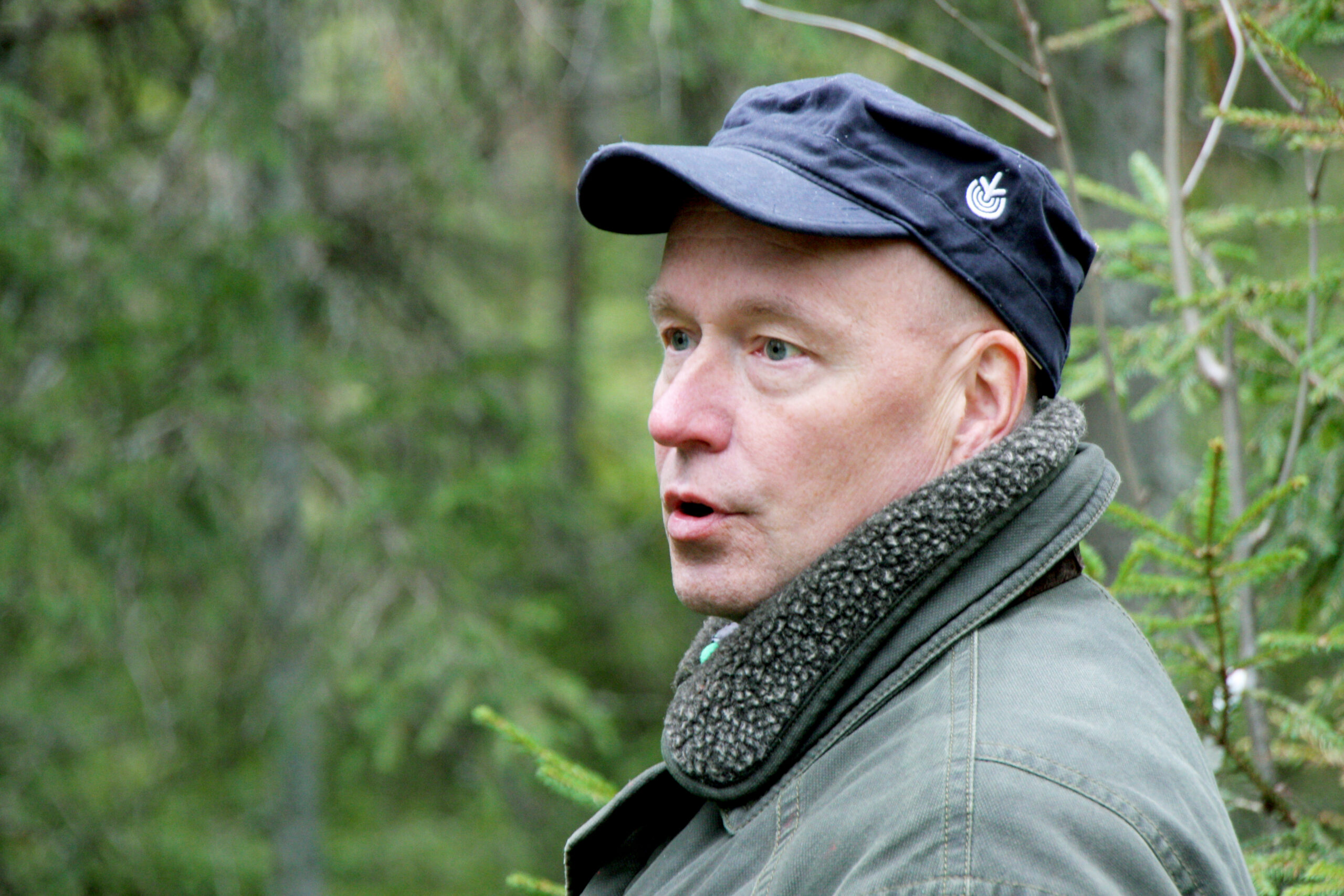Clearcutting produces more timber – straightforward comparison of the profitability of forestry methods is not possible

Switching over to continuous-cover silviculture means that many forestry innovations, such as the selective breeding of seeds and seedlings, cannot be utilized. Compared to clearcut-based forestry, roundwood removals would decrease by at least 20 percent in the long run.
In 2014, the Pellervo Economic Research Institute PTT made a study of what forest research has to say about the profitability of continuous-cover and clearcut-based silviculture. The result was that an all-purpose answer does not, and cannot, exist.
The reason was, in part, that the research is diverse, with varying baseline hypotheses, objectives, angles and viewpoints, and there are many limitations of research scope, such as which tree species are discussed. Many aspects that affect the comparison significantly have not been dealt with at all, one of them being the transition period between the two methods, which can be as long as 30 years.
Since then, knowledge about the various forestry methods has increased greatly, but one thing remains: the methods cannot be compared on a general level, but only as regards individual forest compartments, because the conditions from one compartment to the next vary so much.
The most important variables are the characteristics of the compartment, the nature of its timber stock and the goals of the forest owner – including the owner’s understanding of profitability.
20 percent lower yield from continuous-cover silviculture
Sauli Valkonen, Senior Scientist at Natural Resources Institute Finland, says that in principle, the yield of wood is 20 percent lower in continuous-cover silviculture than in clearcut-based forestry. “This figure holds true in spruce stands in southern Finland, if the forest is managed according to the forestry guidelines defined by the Finnish consulting company Tapio,” says Valkonen.
Continuous-cover silviculture is often praised because it aims at producing stout timber – but so does clearcut-based forestry. So which of them fares better?
There is no big difference. “Fellings in continuous-cover silviculture will also produce canopies and small-diameter timber. The main difference is that if it’s small-diameter timber you want, you won’t get a lot of it with continuous-cover silviculture,” says Valkonen.
Turning from timber volumes to profitability, this will decrease for several reasons. One of them is the need to safeguard biodiversity.
According to the PTT report, continuous-cover silviculture may be slightly better for forest biodiversity, but this is not automatic. Valkonen agrees.
“A continuous-cover forest is by no means a primeval forest. In continuous-cover forestry you need to spare retention trees that could otherwise be sold, if you want to generate the decaying wood that safeguards endangered species dependent on it,” says Valkonen.

Risks of continuous-cover silviculture are rarely discussed
Loggings in continuous-cover silviculture are more expensive than clearcutting. They cause damage to the trees left standing and require the harvesting sites to be larger, which decreases the price obtained for what is harvested.
According to the report by PTT, the risks of continuous-cover silviculture are seldom discussed in research, while the risks of clearcut-based forestry are fairly well known. The forest owner may, for example, want the forest to be actually under continuous cover, which means that the harvesting volumes must be decreased. This in turn decreases the profit per hectare and weakens the natural regeneration of the harvested area.
According to the latest research, however, the risk of certain types of forest damage is smaller in continuous-cover silviculture. “This is the case for damage caused by elks, voles, the pine weevil and storms,” says Valkonen.
The profitability of continuous-cover silviculture is largely based on the fact that you do not need to establish a new forest stand after harvesting, because this will occur naturally. Then if it does not occur, you lose the advantage.
One of the risks of continuous-cover silviculture is root rot, which decays the trees. If root rot spreads throughout a spruce stand, the only known remedy is to clearcut a sufficiently large area.
According to previous studies by Valkonen and Riikka Piispanen, another Senior Scientist at Natural Resources Institute Finland, there is significant variation in the quality of continuous-cover spruce and sawmilling products made of it. This increases the need to sort the timber both in the forest and at the sawmill, which certainly decreases the price of the wood as well.
On the other hand, if continuous-cover silviculture is not successful, you can always save the situation by clearcutting, as was pointed out by Annika Kangas, Research Professor of Natural Resources Institute Finland, in a recent tweet.

Selectively bred seeds and seedlings would find less use
The Finnish forests have achieved a remarkable growth rate. The annual increment has nearly doubled and the timber stock in the forests has increased by 70 percent since the 1950s, when clearcuttings were started.
The forests are now denser and the amount and share of stout timber has at least doubled, depending on tree species. Thus, in the beginning of the 1970s, the area needed to harvest a given amount of timber was 1.5 times the area needed today.
This is why the total area of clearcuttings has been decreasing over a long time, despite the fact that the volumes of harvested timber have remained the same or increased.
“This would have been downright impossible with continuous-cover silviculture,” says Kari T. Korhonen, Principal Scientist at Natural Resources Institute Finland, in an article in the Terve Metsä magazine.
One very important method is the selective breeding of seeds and seedlings. Selectively bred seedlings grow about 20 percent faster than natural ones and what is more, they are stronger. This advantage is lost in continuous-cover silviculture.
According to Korhonen, giving up clearcutting would lead to a smaller timber stock and weaker growth, assuming the current level of logging volumes was kept up.
See also: Ecology does not need to prevent clearcutting
Also in forest.fi: Quality of spruce from uneven-aged forests varies greatly
Kirjoita kommentti